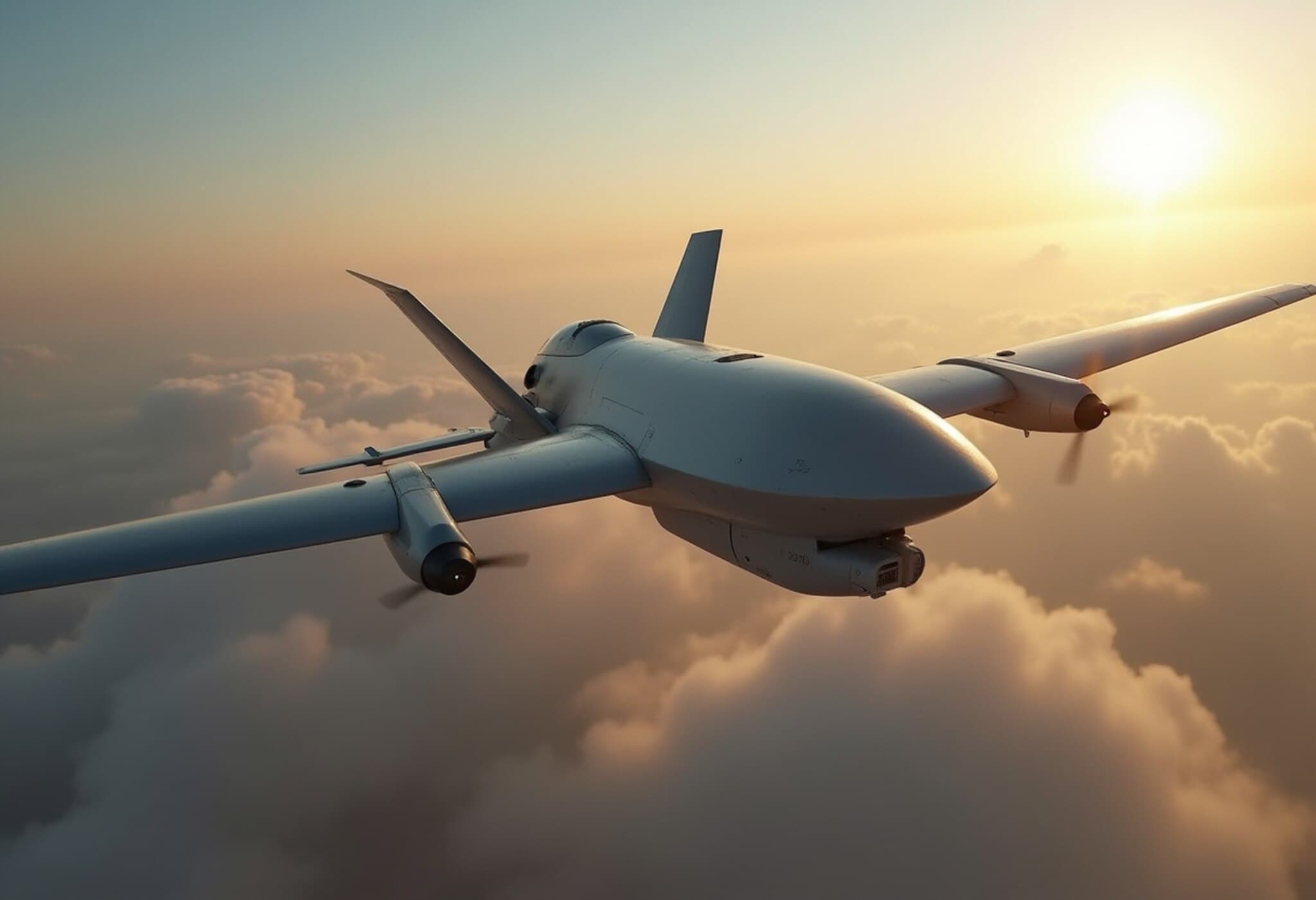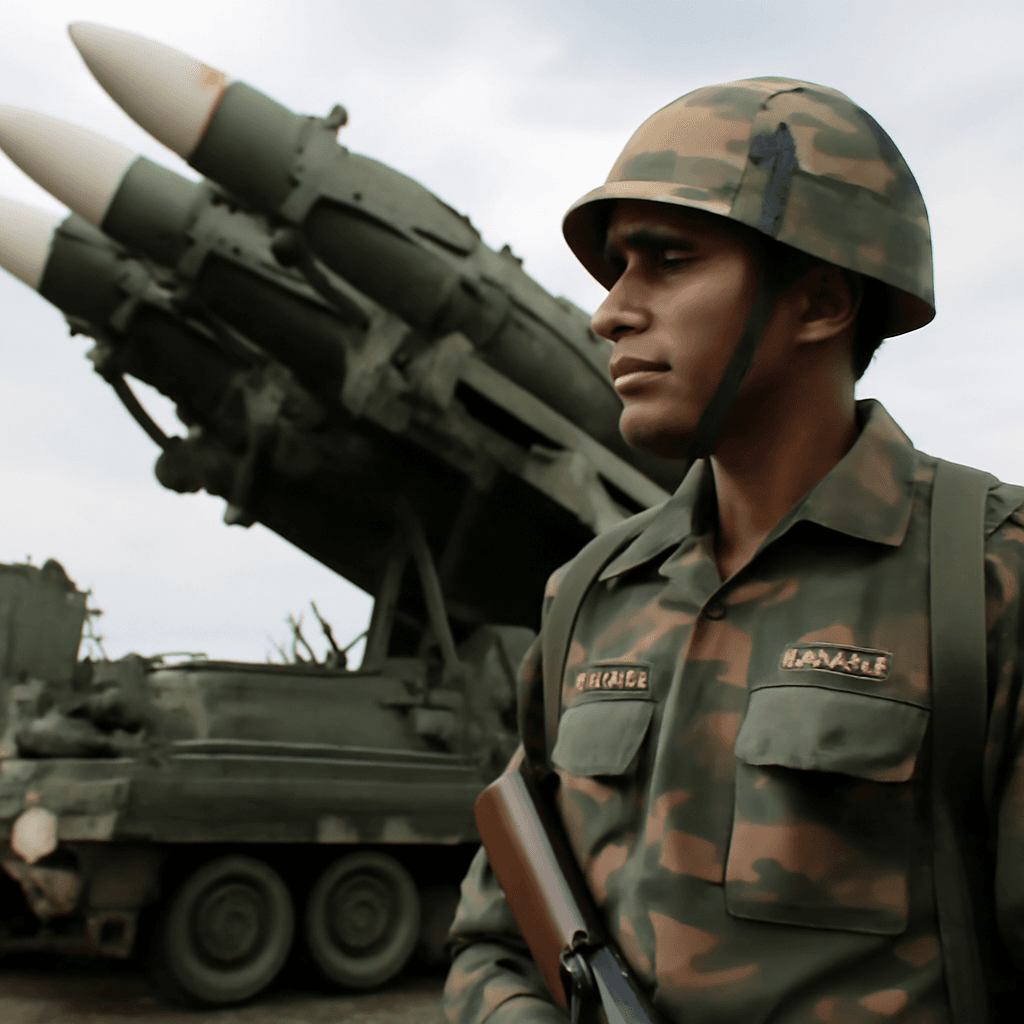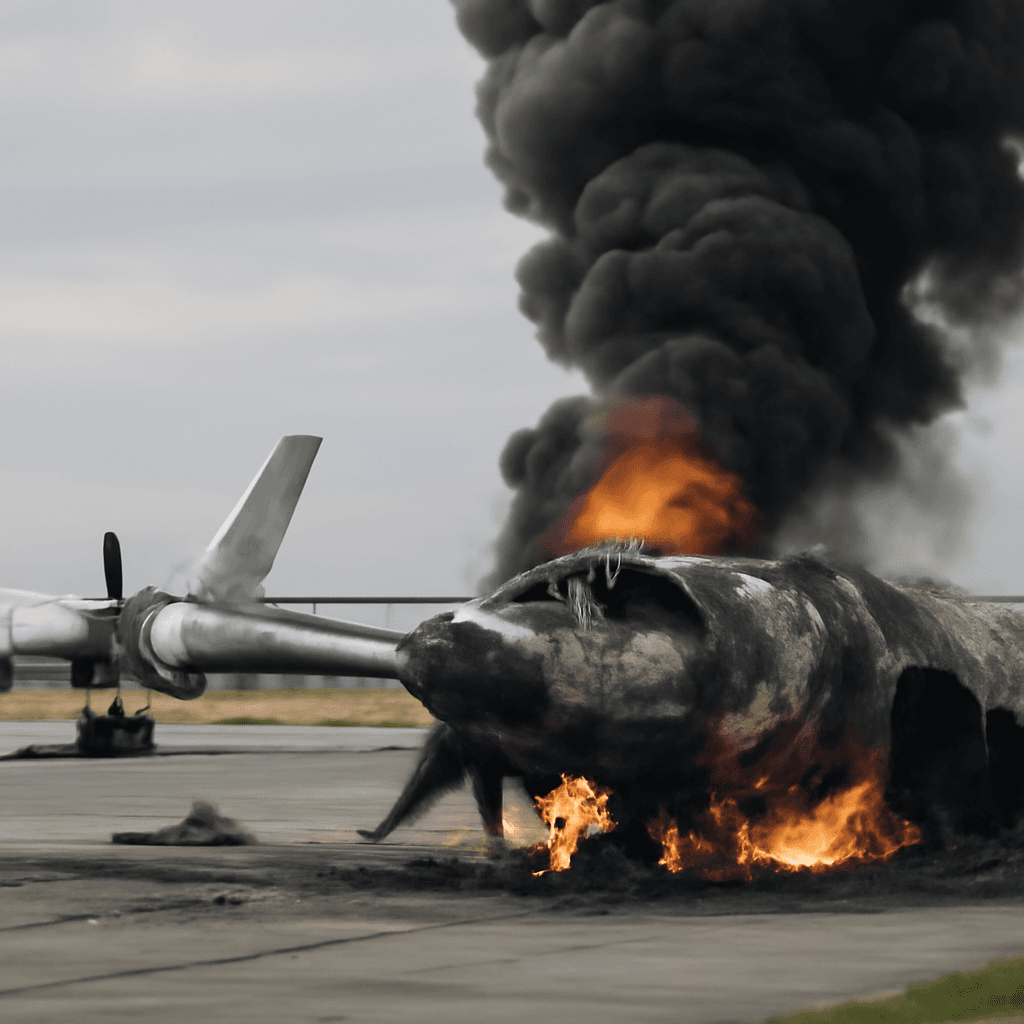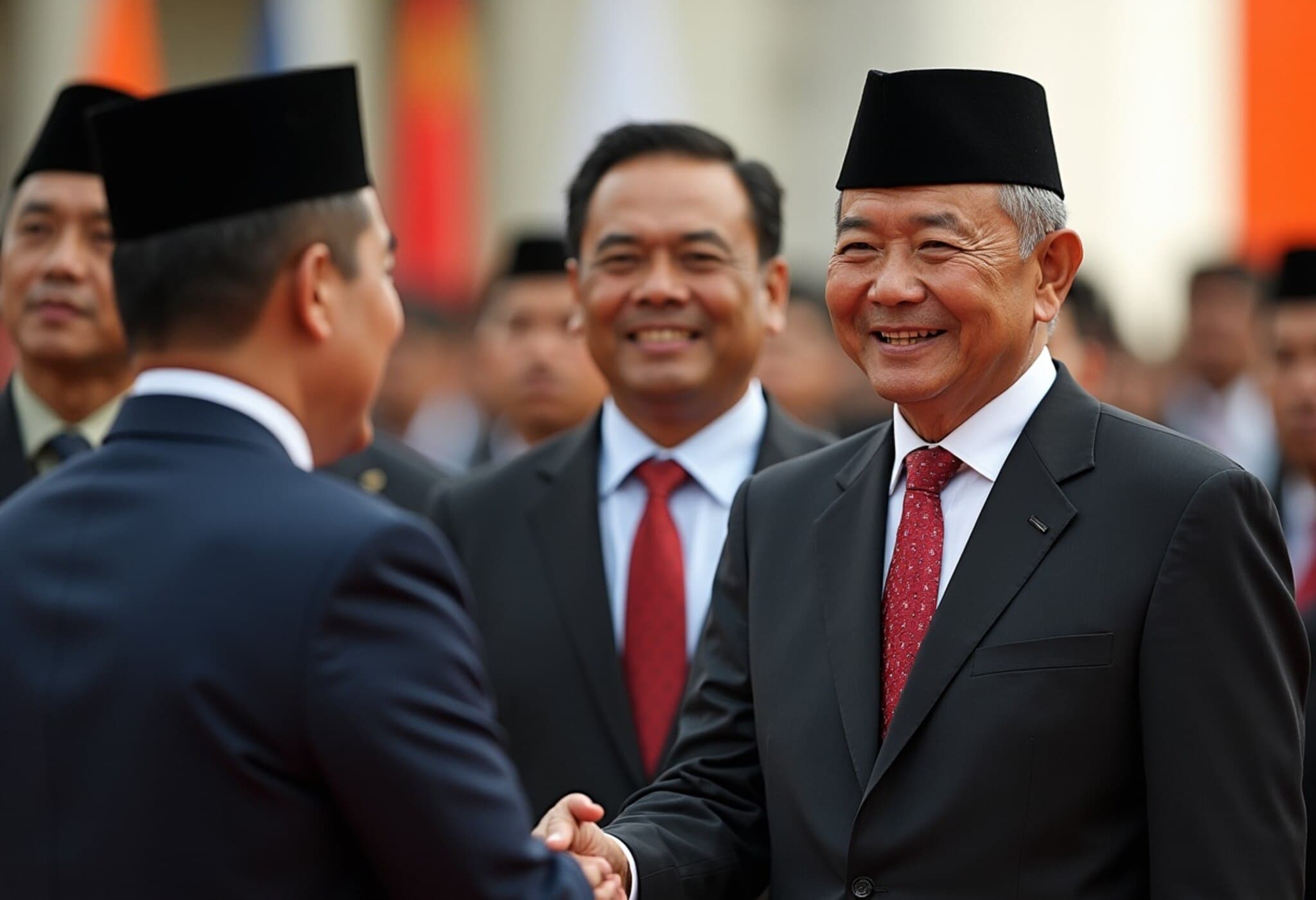Chinese Researchers Pioneer Breakthrough Technology to Enhance PLA Drone Survivability
As drone warfare takes center stage in modern conflicts, a team of Chinese aerospace engineers and defense experts has introduced a pioneering technology aimed at dramatically increasing the survivability of drones used by the People's Liberation Army (PLA). Drawing on hard-learned lessons from the ongoing Russia-Ukraine war, where drone vulnerability has shaped battlefield dynamics, this new approach promises to redefine unmanned aerial combat tactics.
Lessons from Ukraine: The Growing Challenge of Drone Defense
The Russia-Ukraine conflict has underscored drones as indispensable assets for reconnaissance and precision strikes. However, Ukrainian air defenses have notably improved, with only about 15% of Russian drones successfully breaching defenses between April and June 2025, a jump from 5% earlier in the war. This rise in interception rates highlights the evolving cat-and-mouse interplay between drones and anti-drone systems, escalating the urgency for next-generation survivability solutions.
Introducing Terminal Evasion via Side-Mounted Rocket Boosters
Responding to these challenges, the Chinese research team led by Associate Researcher Bi Wenhao at Northwestern Polytechnical University has proposed integrating miniature rocket boosters on the sides of small to medium drones. Unlike traditional evasive maneuvers executed early in a missile’s approach—often causing drones to abort missions prematurely—this system enables high-G rocket-powered evasions in the terminal phase, mere seconds before impact.
This “terminal evasion” technique forces incoming missiles to track abrupt and unpredictable course changes that exceed the agility of existing missile guidance systems. Digital simulations presented in the defense journal Acta Armamentarii reveal an 87% drone survival rate with this technology, a significant leap from current capabilities.
Core Principles Behind This Game-Changing Technology
- Precision Timing: Boosters ignite within a narrow 1–2 second window before missile impact, ensuring the drone alters its path late enough to outpace missile tracking but early enough to avoid destruction.
- Directional Intelligence: The system evaluates the missile’s approach vector to decide the optimal evasion route—whether climbing, diving, or lateral movements.
- High-G Acceleration: Delivering over 16Gs of acceleration, this sudden thrust surpasses conventional aerodynamic controls, enabling sharp, disorienting flight path shifts.
While promising, integrating such boosters poses significant engineering hurdles, including balancing weight, fuel capacity, and aerodynamic stability without compromising drone payload or range.
Strategic and Policy Implications for Global Drone Warfare
This innovation could represent a strategic pivot in the ongoing drone arms race. For the PLA, adopting rocket-boosted terminal evasion might restore drone efficacy against increasingly sophisticated air defenses. For U.S. and allied military planners, this development signals the need to anticipate and counter next-gen evasion tactics, potentially accelerating research into advanced missile sensors and AI-driven targeting systems.
Moreover, the technology raises pressing questions about the ethical and strategic calculus of autonomous combat: as drones become more survivable and agile, how might this affect escalation dynamics in conflict zones where drone usage is prevalent?
Editor’s Note
This breakthrough proposal from Chinese defense researchers signals a notable shift in drone survivability technology, inspired directly by recent battlefield realities. While still in the simulation phase, the technology challenges conventional drone defense doctrines and underscores the accelerating pace of innovation in aerial combat. Observers should watch closely how this technology advances and the countermeasures it may provoke, as it could redefine the unmanned frontlines of future conflicts.

















